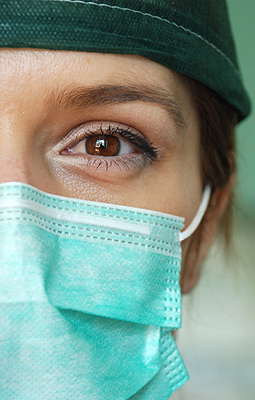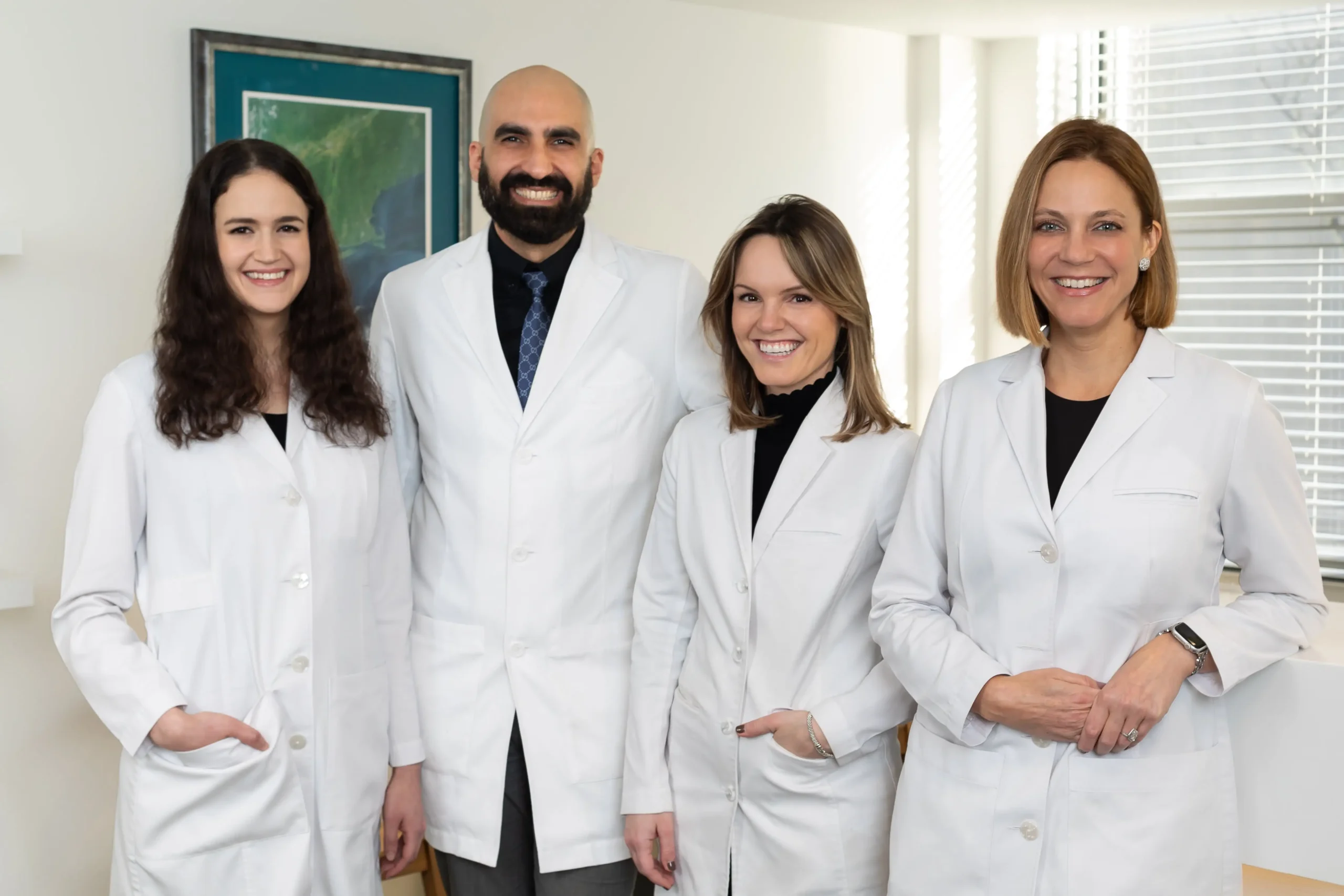What is Mohs surgery?

Mohs surgery is a specialized treatment for skincancer treatment on delicate skin areas or “high real estate areas” of the body like the face. Mohs surgeons are dermatologists who have performed additional fellowship training to become experts in Mohs micrographic surgery. Fellowship-trained Mohs surgeons are highly skilled in all aspects of this technique, including surgical removal of the tumor, pathologic examination of the tissue, and advanced reconstruction techniques of the skin.
It is a very precise, highly detailed method whereby the skin cancer is excised and then stained and examined under the microscope immediately. Repeated saucer-shaped layers of tissue are removed and examined until no more skin cancer can be microscopically visualized in the sample.
Mohs is scheduled with the understanding that the patient may be spending the entire day in the office depending on the number of levels necessary to clear the tumor. General anesthesia is not required for Mohs micrographic surgery. Most of these procedures are performed with the patient in the waiting room awaiting the verdict from the Mohs surgeon. The procedure uses frozen sections of skin that are then stained with special dyes. The dyed frozen pieces of skin are examined under the microscope and a tumor map showing the sites of any residual cancer cells is drawn by the Mohs surgeon. The process permits an examination of the entire tumor’s margins simultaneously while the patient is waiting in the office. If more cancer cells are seen under the microscope, tissue is removed at the site of involvement. Each skin layer that is removed is called a “level”. If no more cancer cells are seen at a particular level, then it is deemed “clear” (no more tumor) and the surgeon can begin on closing the excised area. Some tumors that appear small on clinical exam may have extensive invasion underneath normal appearing skin, resulting in a larger surgical defect than would be expected. It is therefore impossible to predict a final size until all surgery is complete. Cure rates typically exceed 99% for new cancers, and 95% for recurrent cancers.
By removing only tissue where cancer is known to be present, the technique combines a very high cure rate with excellent preservation of normal skin. Once the cancer has been fully removed, the surgeon will determine the type of repair for the best cosmetic result. The surgeon may refer patients to another physician for wound closure, may close the wound immediately, or may let the wound heal on its own.









